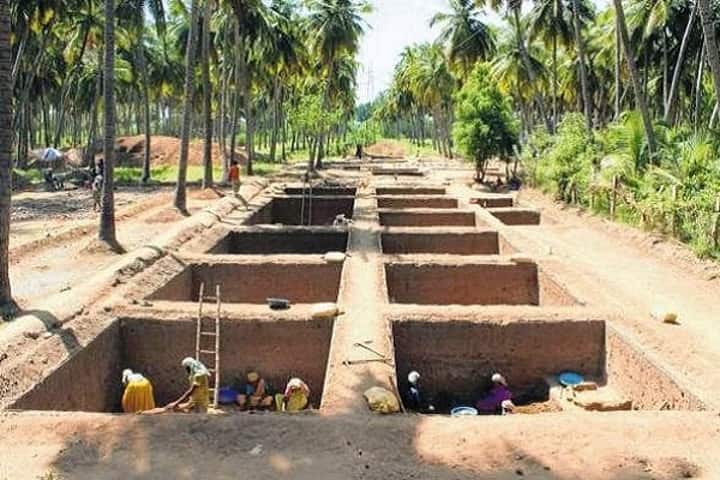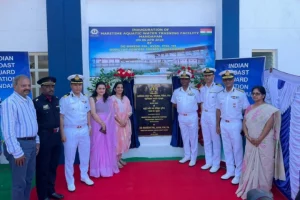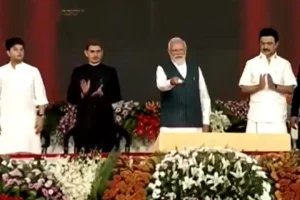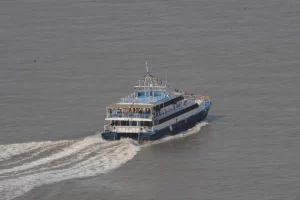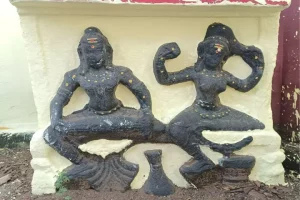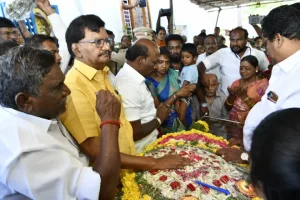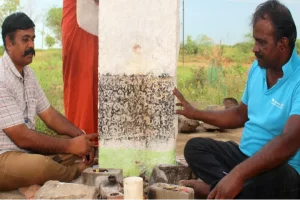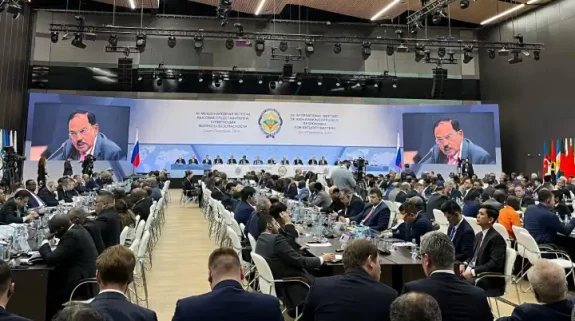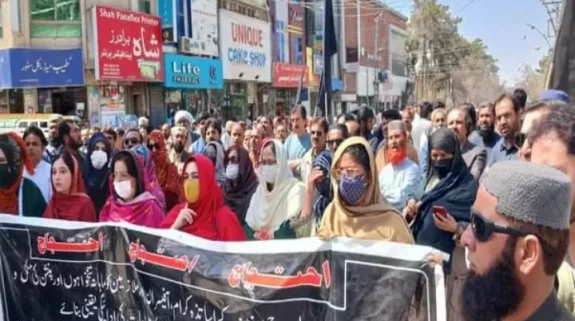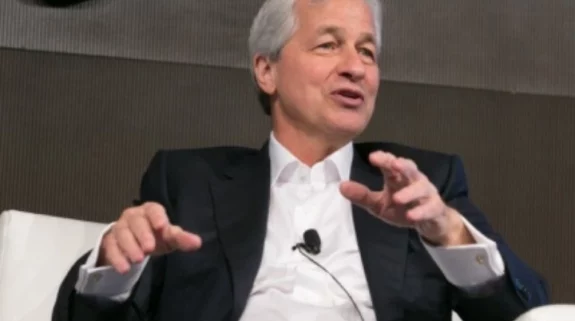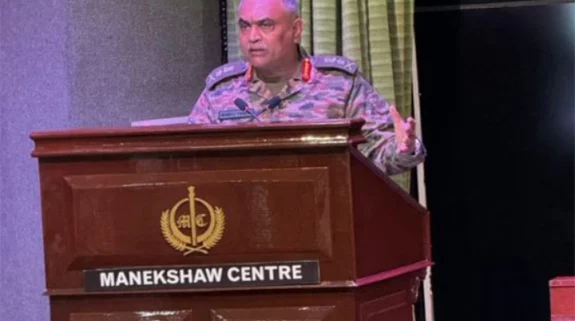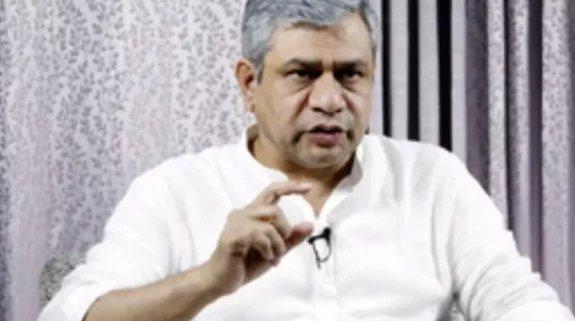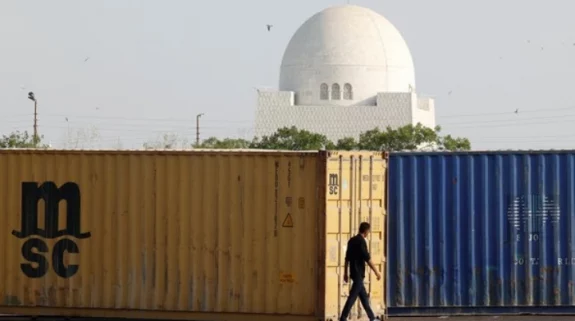Providing a major thrust to archaeology and study of history in Tamil Nadu, Chief Minister, M.K. Stalin, on Thursday inaugurated the ninth phase of excavation in Keeladi and neighbouring areas. He also set the ball rolling for digging of the first phase at Kilnamandi in Tiruvannamalai district.
Both the launches were done through a videoconference.
This year, Tamil Nadu is all set to create a new record as the State Archaeological Department will excavate eight places and all these will take place simultaneously.
Among the eight places where excavations will take place are Keeladi in Sivaganga district; Vembakottai (Virudhunagar); Kilnamandi (Tiruvannamalai); Poothinatham (Dharmapuri); Gangaikondacholapuram (Ariyalur district); Thulukkarpatti (Tirunelveli); Porpanaikottai (Pudukkottai); and Pattaramperumbudur.
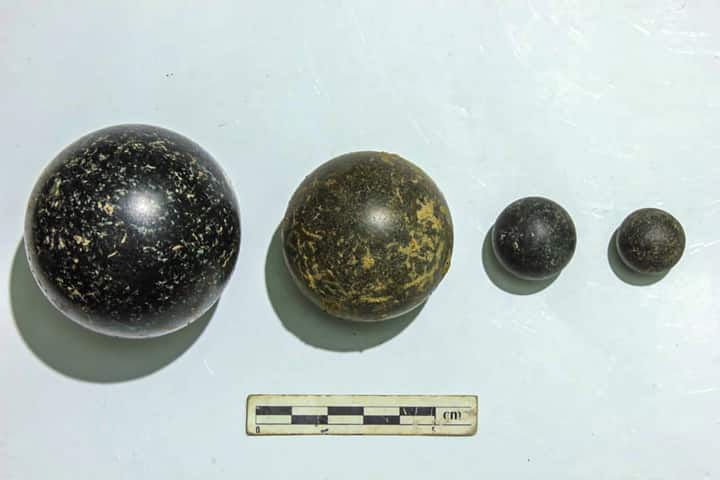
In a Press statement issued, the Government asserted that Tamil Nadu has a rich human history that goes back to 15 lakh years and to gather information and details about the heritage and antiquity, systematic and proper excavations need to be undertaken. These excavations are expected to shed new light on the history of the region.
Examples of the region’s rich history are evident as carbon dating analysis of rice with husk which was discovered in a burial urn in Tirunelveli district’s Sivakalai dates back to 3,200 years while excavations at Krishnagiri district’s Mayiladumparai have shown that in Tamil Nadu Iron Age started 4,200 years ago that is in 2,200 BCE.
At Keeladi digging will commence on a 22 cents land parcel which is near the earlier excavation site to link the structures that were found in the fourth and sixth phases of digging. It is expected that this will yield artefacts that date before 6th Century BCE.
கீழடி அருங்காட்சியகம்
Keeladi Museum pic.twitter.com/UNzaQ7AMNU
— AravinthKumar DTO (@Aravinthdto) March 16, 2023
At Virudhunagar, the second phase will be launched. Interestingly, in the first in 16 trenches 3,254 artefacts had been recovered which are 5,000 years old.
Ensuring that there is no dearth of funds for excavations in these eight sites, the Government has allocated `5 crore. This will also cover diggings at Korkai, a Pandya-era town.
On this occasion, the CM also released a Keeladi augmented reality app. This will enable people from across the world to see the 200 artefacts excavated in Keeladi in augmented reality and 3D mode and also the entire excavation site. The users can by scanning QR codes displayed at the Keeladi Museum read details pertaining to the historic places.
Also read: Museum showcasing Tamil Nadu’s 6th Century Keezhadi civilization inaugurated






